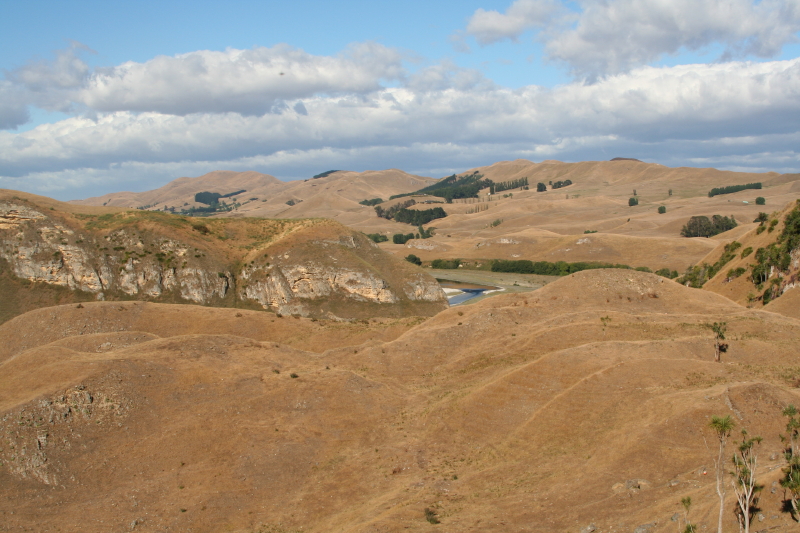Besides the usual accolades about the scenery, and the people, or whatever, here is a varied list of other good things about the trip, in no particular order.
1. Shoes: Salomon Speedcross 3 Very Purple – size 10
I needed a pair of shoes with traction but without metal studs, and these seemed to fit the bill. Little did I know that the Very Purple color would be considered to be SO **bright**, but I guess it is, since the color has been much talked about, both here and abroad. After getting past the color, the grip was admired as well.
I wore them a half dozen times in December, so I knew I could stand them for the trip, and, indeed, they turned out to be the perfect shoe for the varied New Zealand terrain. I had taken my Ice Bugs but never took them out of the bag.
I should note that the Speedcross does not serve me as well on the steeper, leaf covered hills behind my house, so I still need the Ice Bugs for most of the local orienteering maps. Continue reading








